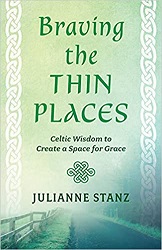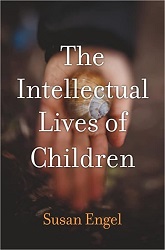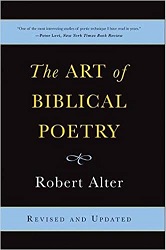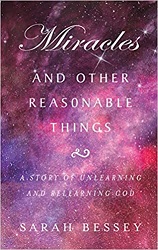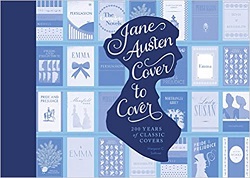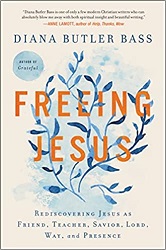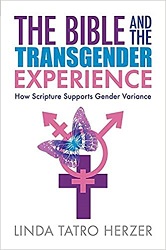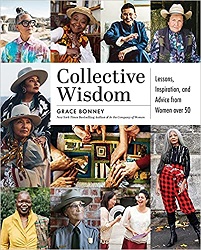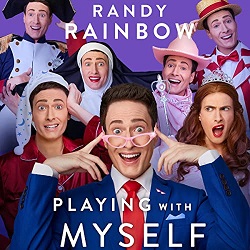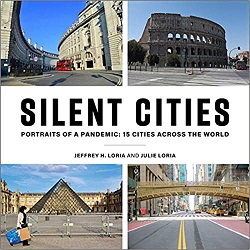Review of Braving the Thin Places, by Julianne Stanz
Celtic Wisdom to Create a Space for Grace
by Julianne Stanz
Loyola Press, 2021. 170 pages.
Review written August 19, 2022, from my own copy, purchased via Amazon.com
Starred Review
Here’s how author Julianne Stanz introduces the idea of a “thin space”:
Each of us stands at the threshold of a thin place, and we are its gatekeeper.
Have you ever held a loved one’s hand as they slipped from this life and into the next? Birthed a child and felt the thin edges of God’s presence inside your being? Beheld such beauty that it took your breath away? Or been moved to tears by an image or a piece of music? If so, you have stood at the edge of a thin place, a place where God and humanity meet in a mysterious way. These moments open us to places of rawness and beauty. Something seems to break open inside us, and words are inadequate to describe what we are experiencing. We feel a sense of breakthrough as we break free of the ordinary and into the extraordinary.
This book is about making room for thin places and embracing them. The author was born in Ireland and brings the idea of thin places from the Celtic tradition.
The Celts, known for their love of threshold places at the edge of life, such as Sceilg Mhichil, a crag off the coast of County Kerry, were never afraid to explore God in the known or in the wild, barren edges of life. We should not be afraid either. The Celtic imagination considers sacred places to be “thin,” or places where the veil between the worlds of heaven and earth seems especially permeable, and the worlds discernibly close to each other. Thin spaces exist between the now and the not-yet. Entering thin spaces is an opportunity that we don’t normally have — to slow down, to pause, to look with fresh eyes, to recover a sense of wonder about the world. The pace of life moves too fast for many of us over concrete and inhospitable ground, and we are searching — for joy, forgiveness, healing, completion, and peace. God is all around if only we recognize his presence. And for those wwho do, that this space is one of rejuvenation and renewal.
This book works for personal meditation and devotional use, and it would also work for a church small group to go through together. There are 11 chapters and an Introduction. Each chapter has some open-ended questions at the end, under the headings “Breaking Open,” “Breaking Through,” and “Breaking Free.” And they start with an Irish proverb.
Julianne Stanz makes this a personal journey, illustrating it with stories from her own life. The book builds toward getting through difficulties and making a space for grace.
To be honest, I read this book when everything in my life seemed to be wonderful — having just gotten my dream job and enjoying working in it. But I know hard times will come, and I think this lovely and encouraging book will be especially helpful to take up and explore when one of those times comes. Yes, happy times can be thin places, too — but I don’t need as much help finding a good perspective on them. I enjoyed the book, but I think that if times were tougher, it might be a lifeline. I will keep it on hand.
Find this review on Sonderbooks at: www.sonderbooks.com/Nonfiction/braving_the_thin_places.html
Disclosure: I am an Amazon Affiliate, and will earn a small percentage if you order a book on Amazon after clicking through from my site.
Disclaimer: I am a professional librarian, but the views expressed are solely my own, and in no way represent the official views of my employer or of any committee or group of which I am part.
What did you think of this book?
